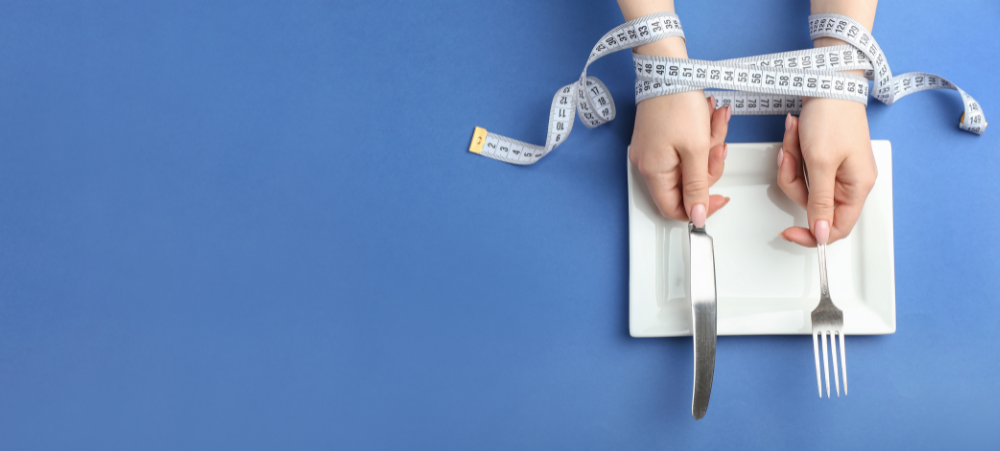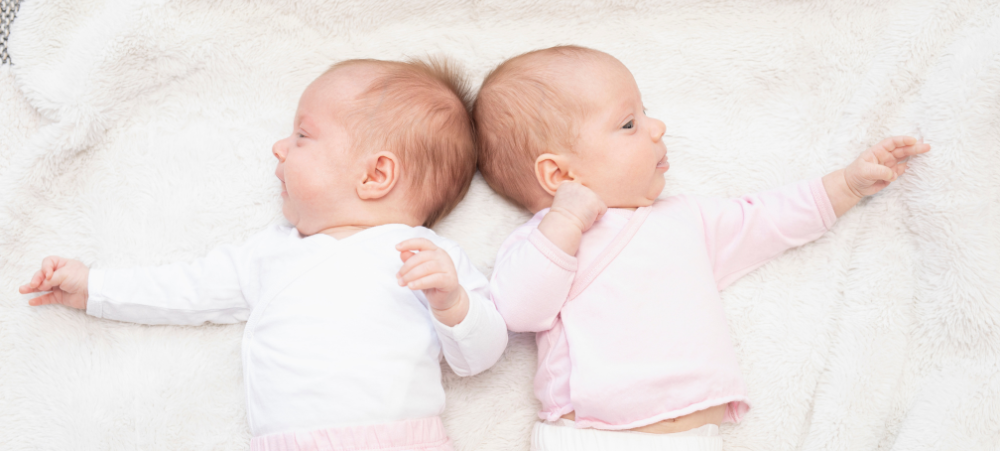
Must-have products for moms with new-born babies
Babies may seem like simple beings, but they need a whole lot of gear to keep them safe and healthy. When you are pregnant, well-meaning friends and family are likely to give you lists of “must-have” products, covering everything from baby’s toiletries to feeding equipment and furniture. While some of these items may very well come in handy, the list of essential “must-haves” is actually a lot shorter than you may think. There are a couple of essentials for first-time moms that may just make those first few weeks a little easier and more comfortable – here are a few products you’ll need, for baby (and for you!) in the early days. All-round skincare support Whether your baby is experiencing nappy rash, or you are experiencing a skincare ailment of your own, it’s essential to have a trusted product on hand to soothe, nourish and protect. Sudocrem is the answer to many of the skincare concerns experienced by first-time moms. For over 80 years, Sudocrem Skin and Baby Care Cream (from R67.99) has been trusted to treat and prevent nappy rash, as well as soothe and protect skin from a wide variety of other ailments, including cuts, grazes, minor burns, eczema and more. An all-in-one healer and soother, Sudocrem is a skincare solution for the whole family. Breast care In the first few weeks of breastfeeding, many women experience painful and dry nipples. It’s important to apply a soothing and moisturising product to heal the skin and avoid painful cracking. Medela Purelan Lanolin Cream (R139.00) is 100% natural and safe for baby – you don’t even need to remove it before breastfeeding! Lanolin is a deeply hydrating substance found in sheep’s fleece. The lanolin used in this product is ethically-sourced and highly purified. When absorbed into skin, lanolin cream mimics the skin’s natural ability to store moisture and can hold twice its weight in water. It offers fast relief for dry and sore nipples and is suitable for sensitive skin. Breast pumping tools and accessories Many breastfeeding moms may choose to pump milk, either at the very beginning (to give other family members the opportunity to feed baby or to ensure baby can feed when you are not together), or when they have to return to work. A good quality breast pump is essential to ensure safe and comfortable pumping. Medela Swing Maxi Double Electric Breast Pump (R4999.99) is a compact and easy-to-use double electric breast pump with improved mobility. It offers comfortable and efficient pumping and has a built-in rechargeable battery that lasts up to six pumping sessions. The 2-Phase Expression technology mimics babies’ natural sucking rhythm for efficient pumping, and the PersonalFit Flex breast shields can be adapted to fit your shape for individual comfort and increased milk flow. If you’re pumping, you’ll need a storage solution for your milk. Medela Breast Milk Storage Bags (R360.00 for a 50-pack) offer a convenient way to store, carry and warm expressed milk and are easy to use and hygienic. Lastly, you’ll need breast milk bottles to complement your breastmilk journey. Medela’s breast milk bottles are compatible with all Medela breast pumps, are dishwasher and microwave safe and are made from BPA-free materials. Available in a set of two for R319.99, Medela Breast Milk Bottles are durable, easy to clean and safe for you and baby. Safety precautions Once baby starts crawling, you’ll have to make several changes to your home to ensure their safety, however, you won’t need to purchase too much safety gear to begin with. The only two things you’ll need right from the start is a “baby on board” sign for the car, and a basic first aid kit. Safety 1st Baby On Board Sign (R56.99) serves as a precautionary measure, to let other drivers know to be careful around you. It’s available in classic yellow, pink and blue. Safety 1st Healthcare Kit (R299.00) contains eleven basic healthcare items you need to care for a new-born’s basic healthcare needs. It includes a digital thermometer with case, nasal aspirator, soft toothbrush, medicine dropper, 5 alcohol wipes, emergency contact card and a travel case. While you may be bombarded with long lists of must-have items to purchase before baby arrives, in reality, you likely don’t need everything recommended by friends and family. We suggest starting with the basics outlined above, and acquiring additional items as and when needed. After all, only you will know what is necessary for both you and baby.


































